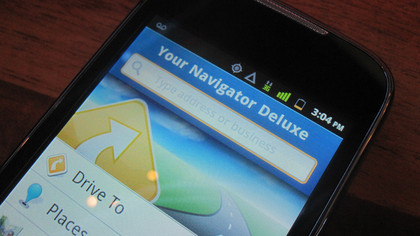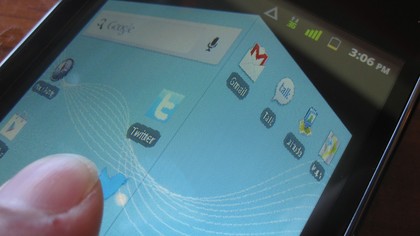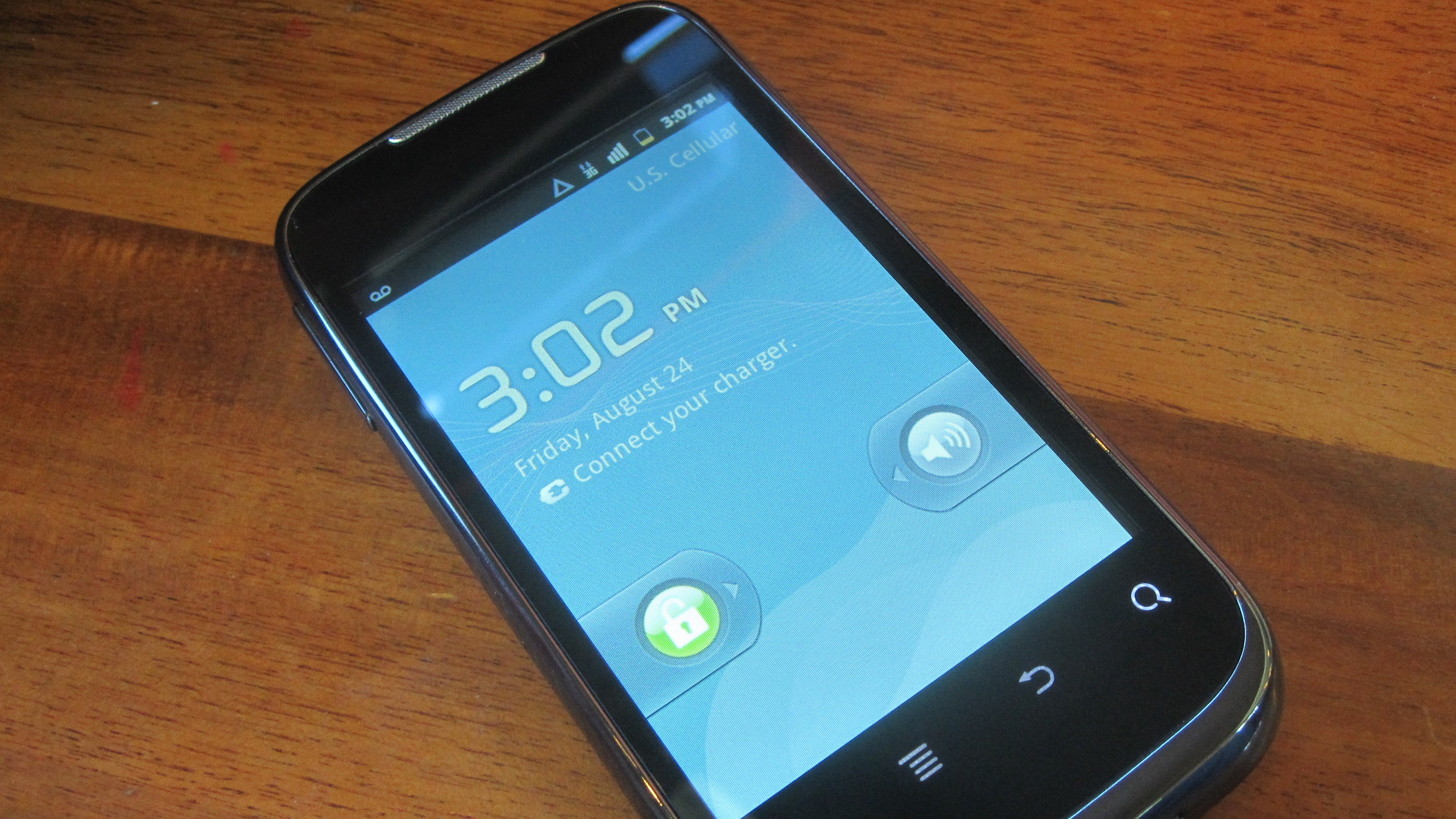Why you can trust TechRadar
Inside the Ascend 2 there's a 600 MHz Qualcomm processor and a sparse 256 MB of RAM. That should establish the device's technical limitations. The Ascend 2 is slow, almost painfully so, and it drags the whole package.
The device ships with Gingerbread 2.3.5, but don't expect the option to upgrade to Ice Cream Sandwich . This is a budget device after all, but such a reality is still disappointing.

So the rules that govern other budget Android devices apply here: don't expect access to the latest and greatest apps.
And this is a problem that will only increase as time marches forward. If you have any inkling of being a serious Android user, this is a good reason to avoid the Ascend 2, but users who don't crave the latest apps likely won't be bothered.
Speaking of software, there's your usual collection of pre-installed apps from the carrier. There are a lot of them, even more so than one has come to expect, or tolerate. Since the Ascend 2 is supposed to be a cost conscious device, maybe that's why it's loaded with bargain-hunting shopping apps.
There are two separate Amazon apps to be found; one that directly hooks into the main store and another that curates its own set of Android apps. You also have Daily Perks, which pulls up discounts and deals for businesses based on your location.
You also have Tone Room Deluxe, the obligatory ringtone aggregator (at cost, naturally) and an Audible app, to purchase audio books and have them download directly to the phone.
The apps folder is where you'll find even more - you guessed it - apps. Some of them are rather superfluous, like Streams. It's a social network aggregator, but considering that it only handles Twitter, Facebook, and Flickr - which all have their own dedicated apps pre-installed - it seems rather pointless.

It gets more redundant than that, though, there are even two stock Twitter clients. One is a very early version, and the other is a more current iteration. The only legitimately useful carrier provided app is U.S. Cellular's Your Navigator Deluxe.
It does many of the functions of the other third party provided apps, but in one simple, concise package, plus it serves up GPS functionality for driving.
We mention all this because, as noted, there's not much room on the Ascend 2 for your own handpicked apps, so such redundancy is aggravating. Long story short, you'll want to get a larger, higher capacity SD card (up to 32GB).
Then again, what good are apps when they can't operate very well? Running more than just one app at once will seriously tax the device, thanks to the aforementioned low RAM and slow processor. The interface itself can be slow and unresponsive. Transitions, even just within the OS, can be very jittery.
While on the topic of the interface, it's worth noting that there's a custom Huawei skin being employed here. At first, everything appears to be a stock Android experience. But when you try to switch between home screens, the difference is immediately apparent.

Instead of sliding between screens, left to right, you'll discover that each screen is the face of a multifaceted virtual cube. The idea is cute, but due to the under hood limitations, it's not as smooth as we'd like. There's also no way to change the number of home screens. Five is all you're going to get – no more, no less.
Current page: Software and Interface
Prev Page Introduction, Specs, Design Next Page Camera and Performance